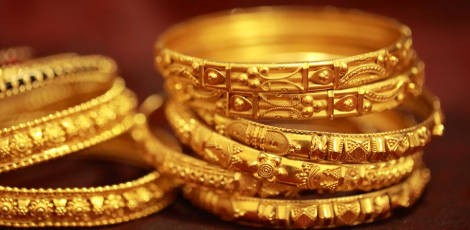
Gold Rate Decreased Today Morning (25.04.2024)
The cost of gold has decreased by Rs. 160 per sovereign on Thursday Morning (April 25, 2024). The cost...
6

These important daily habits will improve our insulin insensitivity and will help us to manage our blood sugar levels well!!
In some persons, their body cells would fail to respond to the insulin resulting in high blood...
6

தமிழகத்தில் பள்ளி மாணவர்களுக்கு இன்று முதல் கோடை விடுமுறை தொடங்குகிறது!
தமிழகத்தில் பள்ளி மாணவர்களுக்கு இன்று முதல் கோடை விடுமுறை தொடங்குகிறது. 1 முதல் 9ஆம் வகுப்பு மாணவர்களுக்கு இறுதித் தேர்வுகள் நிறைவடைந்த நிலையில்...
9

மிதமான மழைக்கு வாய்ப்பு-சென்னை வானிலை மையம்
தென் தமிழகம், வட தமிழக மேற்கு தொடர்ச்சி மலைப்பகுதிகளில் இன்று (ஏப்.24) மிதமான மழைக்கு வாய்ப்பு. தென் தமிழகத்தில் ஓரிரு இடங்களில் நாளை...
11
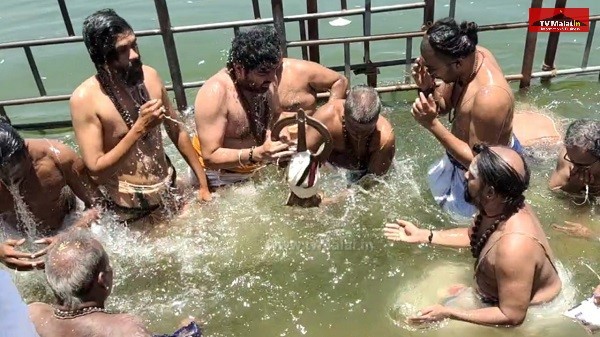
அய்யங்குளத்தில் பெரிய நாயகர் பராசக்தி அம்மன் எழுந்தருள தீர்த்தவாரி நடைபெற்றது!!
திருவண்ணாமலை அண்ணாமலையார் திருக்கோவிலில் சித்திரை வசந்த உற்சவம் 10-ம் நாள் பெரியநாயக்கர் பராசக்தி அம்மன் அய்யங்குளத்தில் எழுந்தருளி தீர்த்தவாரி நடைபெற்றது.இதில் திரளான பக்தர்கள்...
8
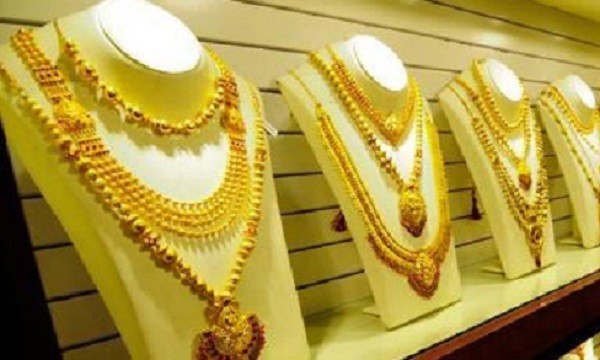
Gold Rate Increased Today Morning (24.04.2024)
The cost of gold has increased to Rs. 240 per sovereign on Wednesday Morning (April 24, 2024). The cost...
13

Know about these important signs of oral cancer and get treated immediately!!
Cancer that begins in the region of mouth is referred to as oral or mouth cancers. It...
12
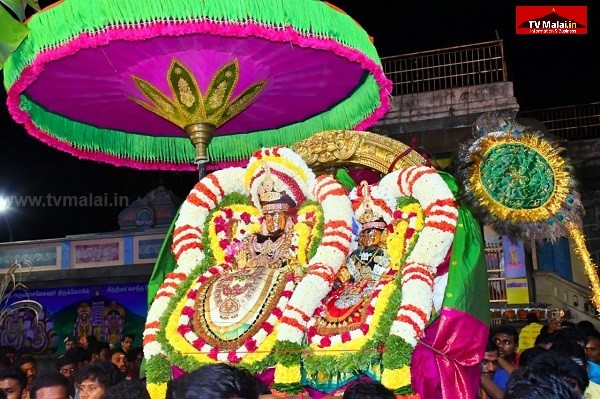
திருவண்ணாமலை அருள்மிகு அருணாசலேஸ்வரர் திருக்கோயில் சித்திரை வசந்த உற்சவம் – Day 9
திருவண்ணாமலை அருள்மிகு அருணாசலேசுவரர் திருக்கோயிலில் சித்திரை வசந்த உற்சவம் நேற்று (22.04.2024) ஞாயிற்றுக்கிழமை ஒன்பதாம் நாள் மகிழமரம் முன்பு பொம்மை பூ கொட்டும்...
20
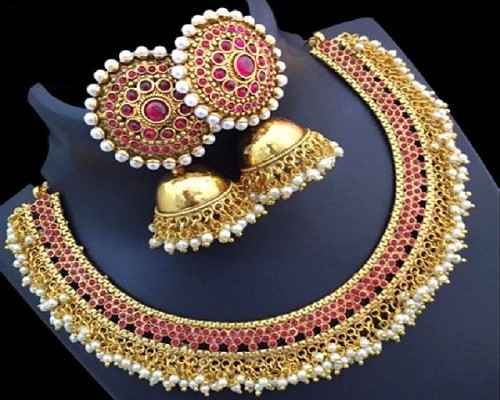
Gold Rate Decreased Today Morning (23.04.2024)
The cost of gold has decreased by Rs. 1,160 per sovereign on Tuesday Morning (April 23, 2024). The cost...
17

Want to keep your GI tract or gut healthy during summers, drink these!!
Inside our body, there is a passage that begins from the mouth and ends at anus and...
17






